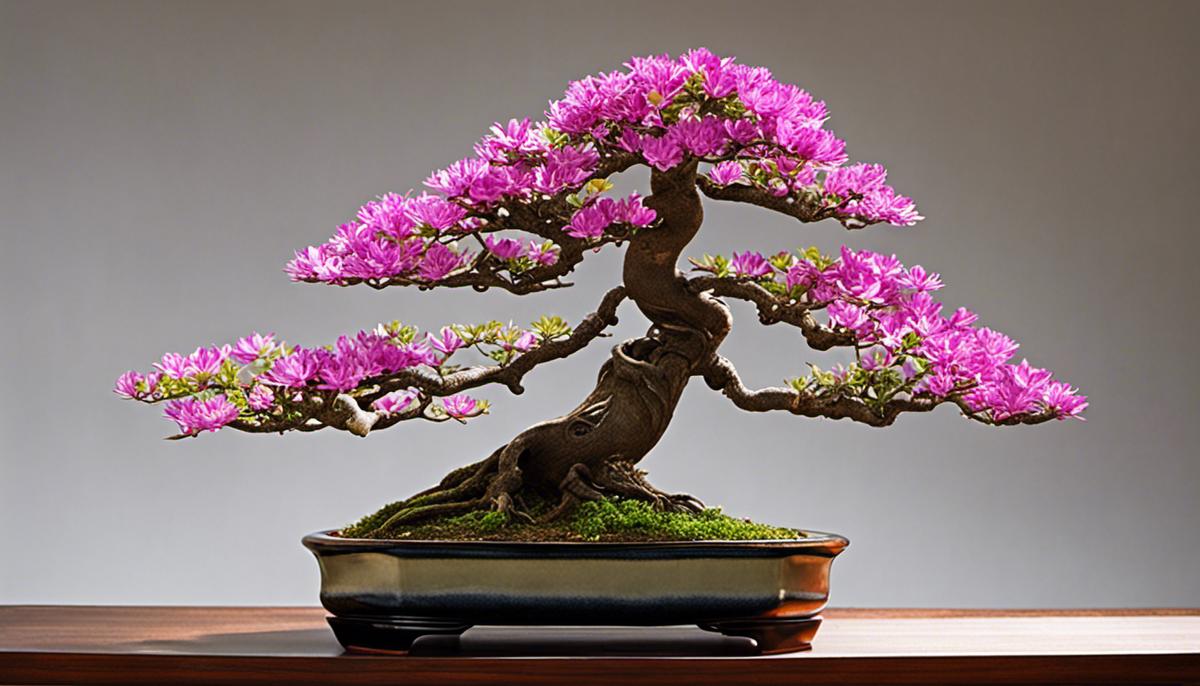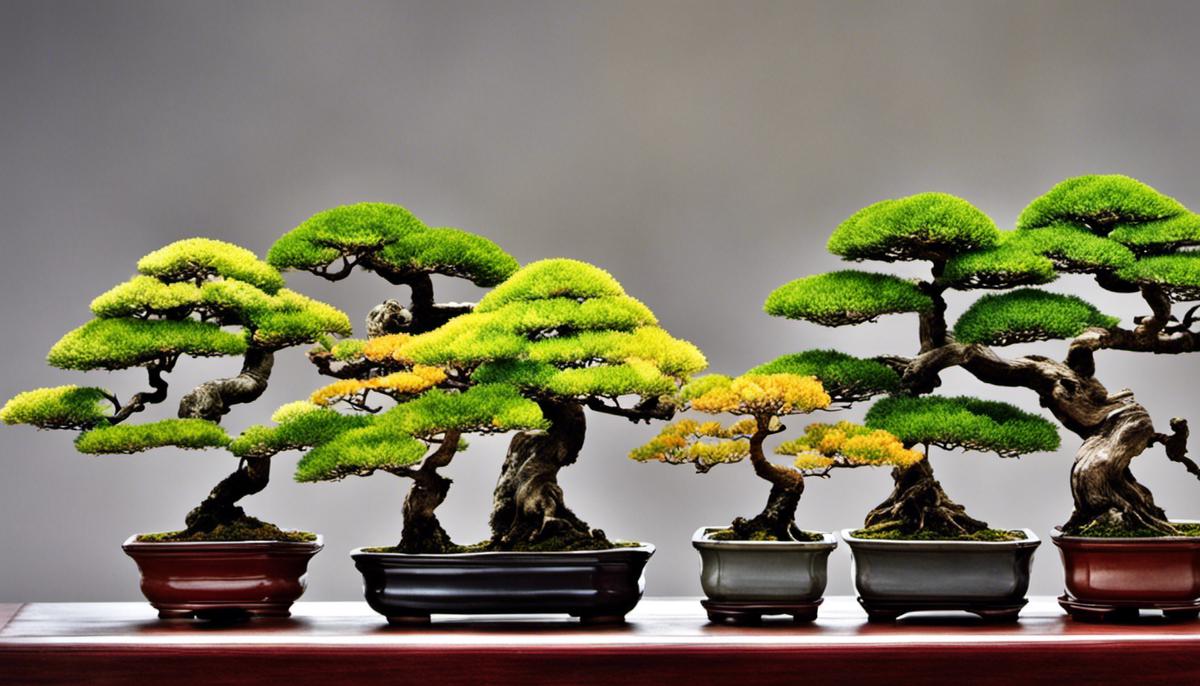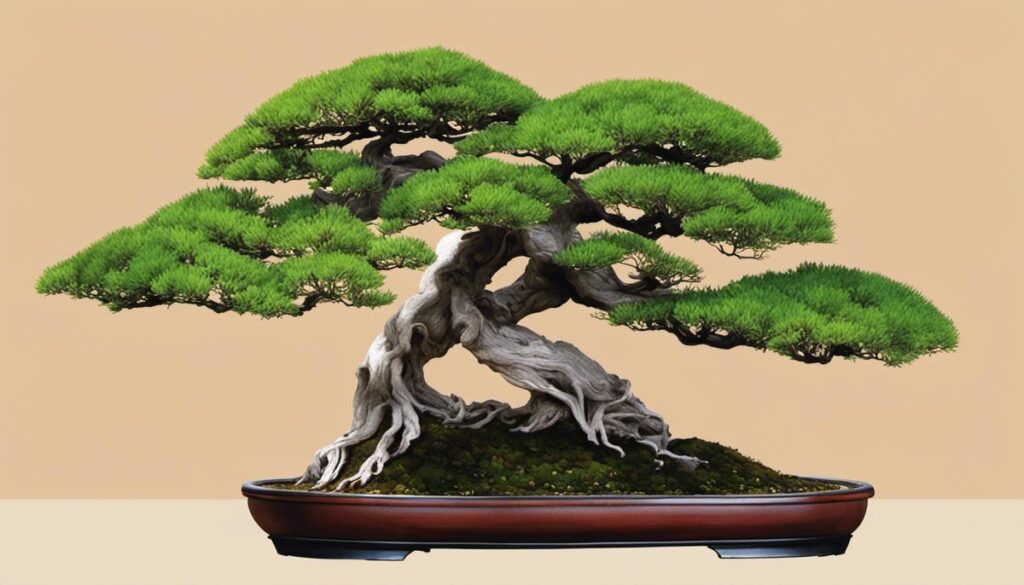Delicate but robust, humble yet magnificent, bonsai trees are a living art form that dates back over a thousand years. These miniature masterpieces, designed to mimic the appearance and demeanour of their full-size counterparts, are treasured for more than their aesthetic appeal. The price of a bonsai tree isn’t dictated solely by its beauty, but a myriad of other factors such as age, species, growth time, and maintenance effort also come into play.
This is because each bonsai tree is a testament to the immense patience, skill, and artistry of its caretaker, all elements that add to its worth. Furthermore, the price of these trees varies widely, depending on where and how they’re purchased. This conceptual overview explores the many facets and nuances that come together to define the cost of a bonsai tree.
The Factors Influencing the Price of Bonsai Trees

Factors Influencing Bonsai Tree Prices: Age and Species
The age and species of a bonsai tree are two significant factors that affect its price. It’s understandable that age plays a role as trees take many years to grow and mature.
Older bonsai trees, usually over ten years old, are more expensive due to the long cultivation time and effort needed to maintain their health and aesthetic appeal. The species of the tree can also have a considerable impact on the price. Rare and exotic species are often more expensive, due to their scarcity and the distinct qualities they bring to the art of bonsai.
Understanding Bonsai Tree Pricing
The cost of a bonsai tree isn’t solely reliant upon its age or species, but also its aesthetic appearance, the time taken for its growth, and the effort committed to its upkeep. Bonsai trees that come with intricate designs and appeal, achieved through persistent pruning, wiring, and shaping over the years, command a high price.
The time it takes for growth also plays a critical role. For instance, slow-growing species are generally more costly given the increased care and dedication required for them to reach their full potential. Lastly, the maintenance of a bonsai can increase its total cost considering the expert, regular watering, feeding, and pruning it requires. Thus, the price of a bonsai reflects these invested resources.
A Comparison of Bonsai Tree Prices

Price Range for Bonsai Trees: An Overview
The unique and intricate nature of bonsai trees, combined with their diversity in species and sizes, results in a broad price range. The spectrum for its prices starts from a modest $25-$50 for a beginner-friendly, young plant like a juniper or Ficus bonsai.
The range could extend up to several hundreds or even thousands for mature and rare species. Factors like the tree’s age, its design intricacy, the species, and whether a bonsai master has professionally trained it, all play into the final price. For example, a mature and highly twisted juniper bonsai would cost between $100-$200 at a retail level. However, a professionally groomed pine species with five years of expert care could set you back by more than $500.
Online Marketplaces vs Direct From Master

The advent of online marketplaces like Amazon, Bonsai Boy, and even eBay has created a competitive landscape for the purchase of bonsai trees. Often, prices at these online retailers can be a tad cheaper than nurseries or direct purchases from bonsai masters due to the sellers’ high-volume, low-margin strategy. Prices here tend to range anywhere from $25 to $100 for common species.
However, for specialty trained or unique species of bonsai, purchasing directly from a bonsai master or a reputable nursery is often the way to go, despite the higher cost. Bonsai masters, with their deep knowledge and extensive experience, tend to produce bespoke pieces that can range from $200 to thousands of dollars.

Indeed, the cost range of bonsai trees is as diverse as the variety of species available, paralleling the intricate and labour-intensive process of their cultivation. Nonetheless, regardless of the type or price tag, each bonsai tells a unique tale forged over time, with each branch, leaf, and root contributing to the narrative.
Thus, purchasing a bonsai tree is not merely an act of acquiring a piece of decor; it is an investment in a living work of art, a horticultural heritage that has witnessed the passing of eras. In understanding the influencing factors, potential buyers can better assess the value proposition of each tree and find the one that suits their appreciation for this ancient art, budget and space constraints.
